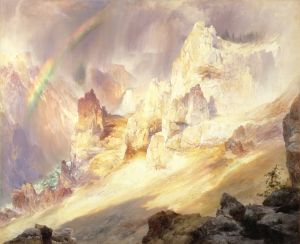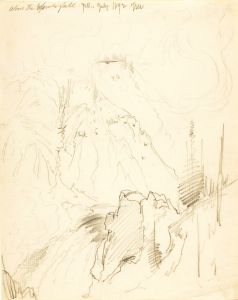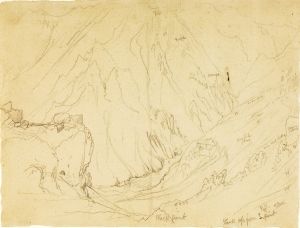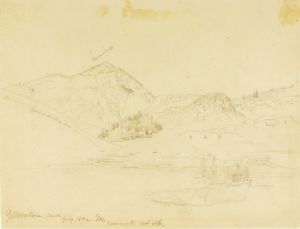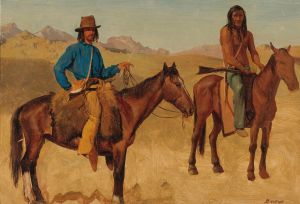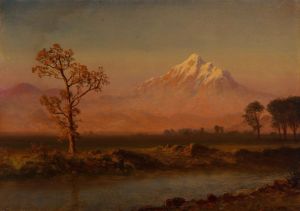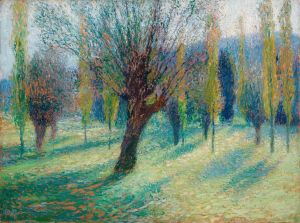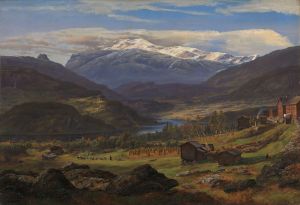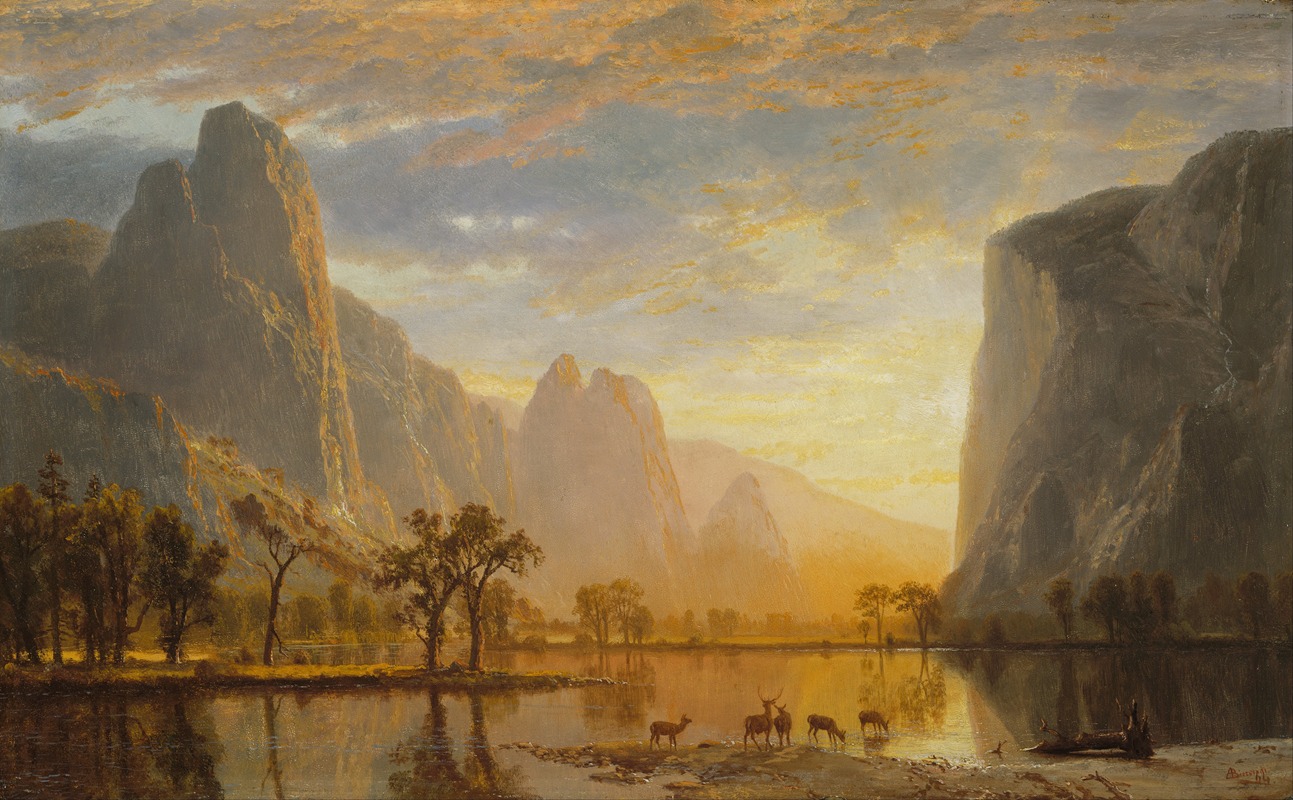
Valley of the Yosemite
A hand-painted replica of Albert Bierstadt’s masterpiece Valley of the Yosemite, meticulously crafted by professional artists to capture the true essence of the original. Each piece is created with museum-quality canvas and rare mineral pigments, carefully painted by experienced artists with delicate brushstrokes and rich, layered colors to perfectly recreate the texture of the original artwork. Unlike machine-printed reproductions, this hand-painted version brings the painting to life, infused with the artist’s emotions and skill in every stroke. Whether for personal collection or home decoration, it instantly elevates the artistic atmosphere of any space.
"Valley of the Yosemite" is a painting by the renowned 19th-century American artist Albert Bierstadt, known for his grand and sweeping landscapes of the American West. Bierstadt was a key figure in the Hudson River School, a group of painters who focused on romanticized portrayals of the American landscape, often emphasizing its vastness and natural beauty.
Created in 1864, "Valley of the Yosemite" captures the majestic beauty of Yosemite Valley in California. This painting is one of Bierstadt's many works that helped to introduce the American public to the splendor of the western United States, a region that was largely unfamiliar to many people in the eastern part of the country at the time. Bierstadt's work played a significant role in popularizing the American West as a subject of artistic and cultural interest.
The painting depicts a panoramic view of Yosemite Valley, showcasing its dramatic cliffs, lush greenery, and the serene Merced River flowing through the valley. Bierstadt's use of light and shadow in the painting is particularly notable, as it highlights the natural grandeur of the landscape. The composition is characterized by its meticulous attention to detail and the artist's ability to convey the vast scale of the valley.
Bierstadt's journey to Yosemite Valley in the early 1860s was part of a larger expedition to the American West. During this time, he traveled with a group of explorers and artists, documenting the region's landscapes through sketches and photographs. These studies served as the basis for many of his later paintings, including "Valley of the Yosemite." His work was instrumental in shaping the perception of the American West as a place of untamed beauty and sublime wilderness.
The painting was created during a period when the United States was undergoing significant change, including westward expansion and the Civil War. Bierstadt's landscapes offered a vision of the American frontier that was both idealized and awe-inspiring, providing a sense of national pride and identity. His works were often exhibited in large-scale formats, allowing viewers to be fully immersed in the depicted scenes.
"Valley of the Yosemite" is housed in the collection of the Museum of Fine Arts, Boston. It remains an important example of Bierstadt's contribution to American art and his role in the visual documentation of the country's natural landscapes. The painting continues to be celebrated for its artistic merit and its historical significance in capturing a pivotal moment in America's exploration and appreciation of its western territories.
Bierstadt's legacy as an artist is closely tied to his ability to evoke the majesty of the American wilderness, and "Valley of the Yosemite" stands as a testament to his skill and vision. Through his work, Bierstadt not only captured the physical beauty of the landscape but also contributed to the broader cultural narrative of the American West as a symbol of opportunity and adventure.





